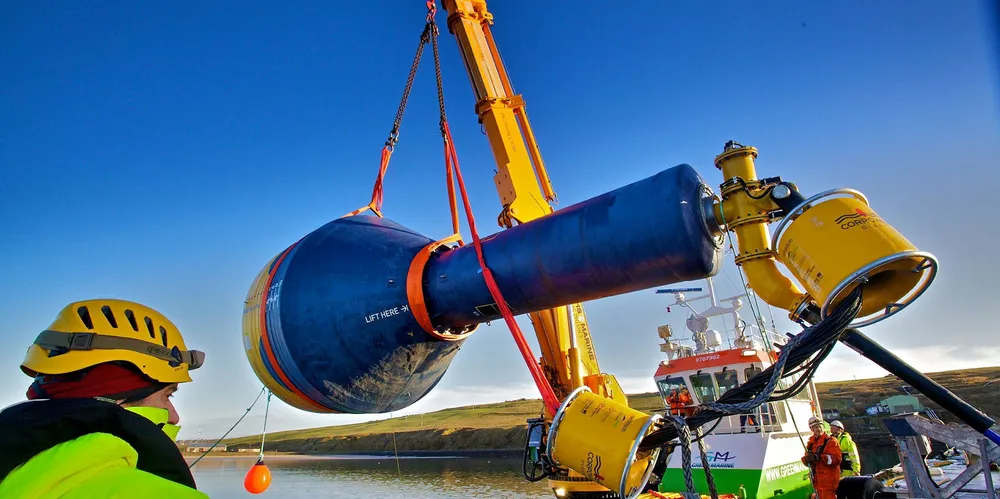'Historic low' wave and tidal power build off EU sinking Brussel's cleantech vision: OEE
Fewer ocean energy projects installed in 2022 off Europe than any other year since 2010, putting bloc's offshore renewables targets 'increasingly at risk', warns industry body
